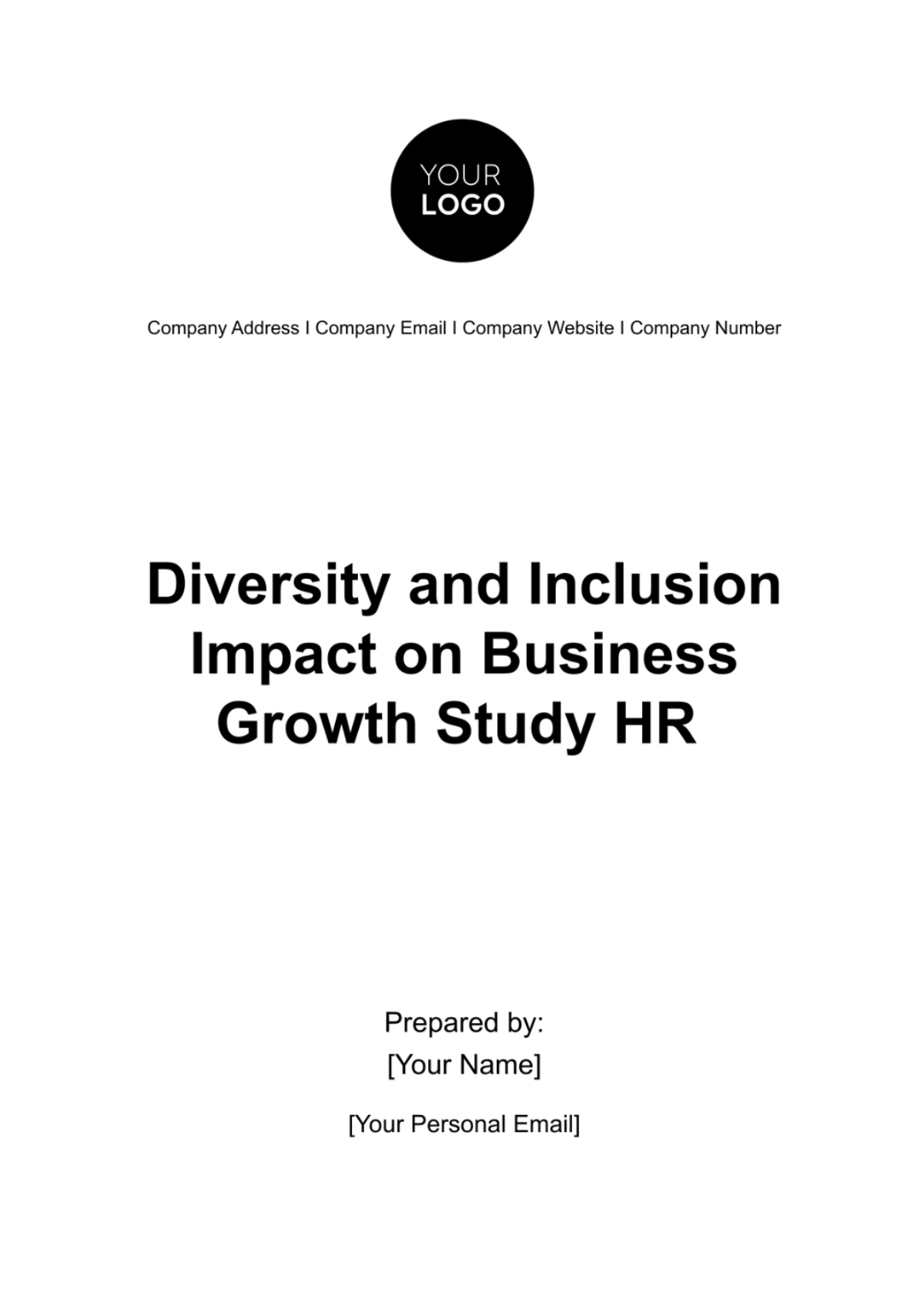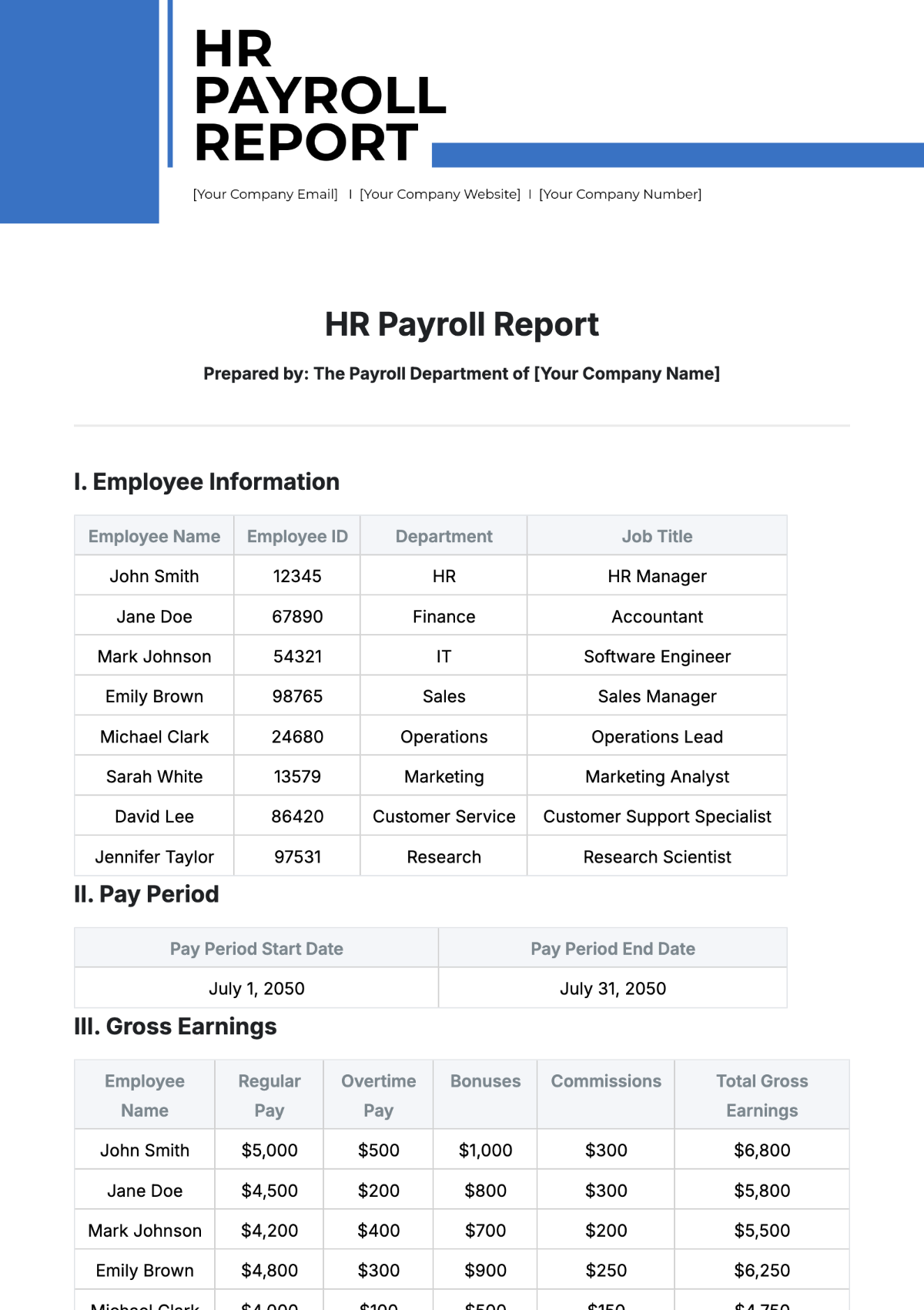Free Diversity and Inclusion Impact on Business Growth Study HR
Unlock the potential of diversity and inclusion with Template.net's Diversity and Inclusion Impact on Business Growth Study HR Template. This customizable and editable resource empowers HR professionals to assess, strategize, and enhance workplace diversity, fostering a culture of inclusivity that fuels business growth. Drive positive change by editing this template with our Ai Editor Tool.





























